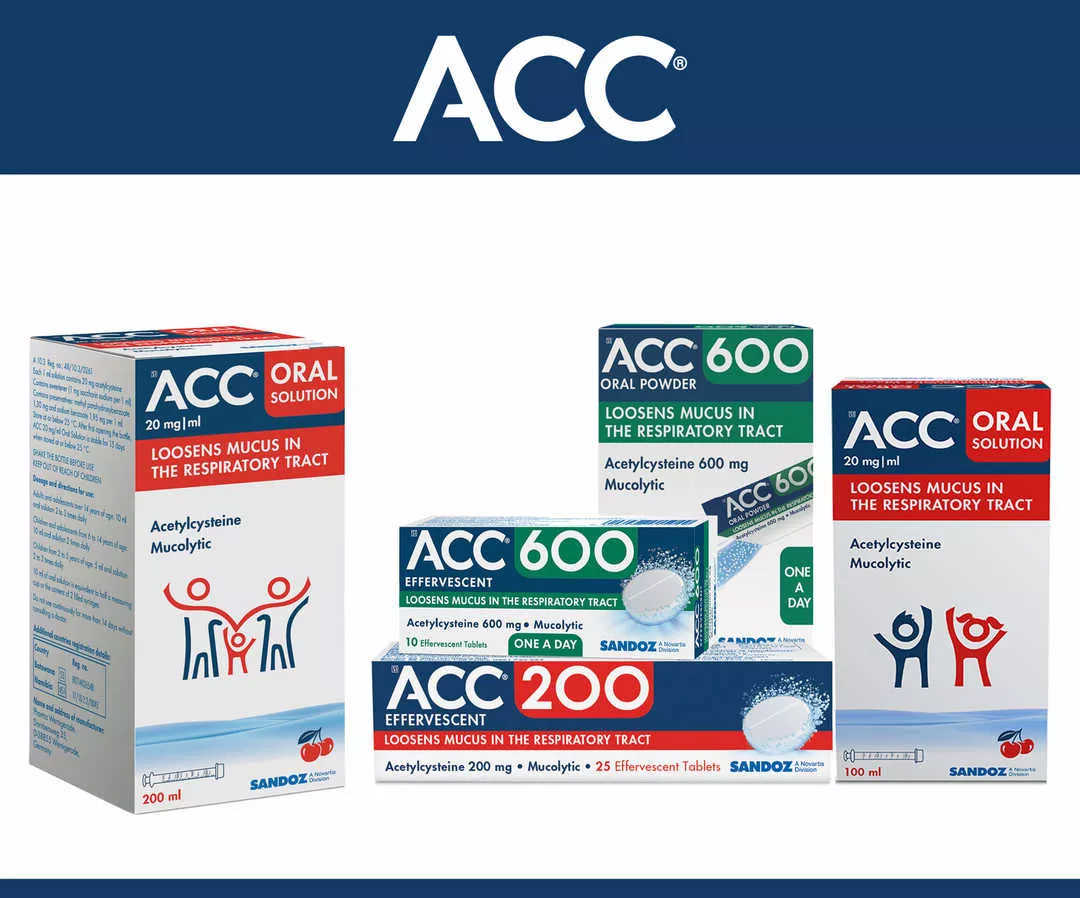KIDS’ COUGH: THE COMMON CULPRITS
Coughing is a reflex our bodies use to get rid of mucus, irritants and foreign objects in our airways.1,2 These are a few of the most common issues that could be making your child cough:2
- Common cold or flu
- Sinusitis
- Allergies
- Croup
- Asthma
- Acid reflux
- Accidentally inhaling a foreign body (like food)
- Exposure to irritants like smoke or pollution.
Occasional coughing is normal, but a cough that doesn’t go away could be a sign of an underlying medical problem.3
| Did you know? In children, a cough that lasts for less than 3 weeks is considered “acute” (short-term), while a cough that lasts for more than 4 weeks is considered “chronic” (long-term).3,4 |
|---|
|
The best treatment for a cough will depend on the underlying cause and the characteristics of the cough.1 For example, if your child has a wet, chesty cough caused by excess mucus production, a mucolytic medication may help to relieve the congestion by thinning out the mucus.5-7 |

ACC® relieves mucus congestion in the airways1-3

| References |
|---|
|
| Sidebar References |
|---|
|
[S1] ACC® 20 mg/ml Oral Solution. Reg. No.: 48/10.3/0261. Composition: Each 1 ml of ACC 20 mg/ml ORAL SOLUTION contains 20 mg acetylcysteine. ATC Code: R05C B01.
[S1] ACC® 200 (effervescent tablets). Reg. No.: 29/10.2.2/0753. Composition: Each ACC 200 effervescent tablet contains: 200 mg acetylcysteine. Pharmacological Classification: A10.3 Medicines acting on the respiratory system – other.
[S1] ACC® 600 (effervescent tablets). Reg. No.: 45/10.3/0229. Composition: Each effervescent tablet contains 600 mg acetylcysteine. [S1] ACC® 600 ORAL POWDER. Reg. No.: 51/10.3/0816. Composition: Each sachet contains 600 mg of acetylcysteine. ATC Code: R05CB01.
For full prescribing information refer to the Sandoz Professional Information approved by the South African Health Products Regulatory Authority (SAHPRA).
Contact Us
Sandoz SA (Pty) Ltd, Reg. No. 1990/001979/07,
Magwa Crescent West,
Waterfall City,
Jukskei View,
Midrand,
2090.
Tel: +27 (11) 347 6600.
SANCAL Customer Call Centre: 0861 726 225.
Reporting of AEs:
https://pvi1j.solutions.iqvia.com or [email protected]